From weddings to parades, Northeastern’s Lion and Dragon Dance Troupe brings good fortune, wards off evil spirits
The troupe is one of the only ones in the area that performs this traditional form of Chinese dance.
Northeastern’s Dragon and Lion Dance Troupe performs to share Chinese culture and connect performers to their heritage. Videos by Jorgy Cruz/Northeastern University.
A dragon dances around a field, its neon pink, yellow and purple scales undulating and its bearded jaw and pointy teeth snapping at a pearl spinning tantalizingly in front of it, always just out of its grasp.
Making all this come to life underneath the fabric of the puppet is Northeastern’s Dragon and Lion Dance Troupe, one of the only dance troupes of its kind in the Boston area.
Northeastern’s Dragon and Lion Dance Troupe was founded in 2015 as a dragon dance club, honoring an ancient Chinese tradition.
Dragon and lion dances go back to 206 B.C. during China’s Han Dynasty when lion dances were said to have been performed to ward off evil spirits while dragon dances were meant to honor ancestors and bring rain.
“Dragon dance has a more self-contained story,” says Spencer Shao, a fifth-year computer science and music technology major who’s been part of Northeastern’s Dragon and Lion Dance Troupe since he was a freshman. “The pearl is the manifestation of the dragon’s power, and it kind of gets taken away from the dragon (and) has its own kind of consciousness.”
Today, both forms of dance, which involve dancers moving underneath massive lion and dragon puppets to bring them to life, are often performed during celebrations such as Chinese New Year.
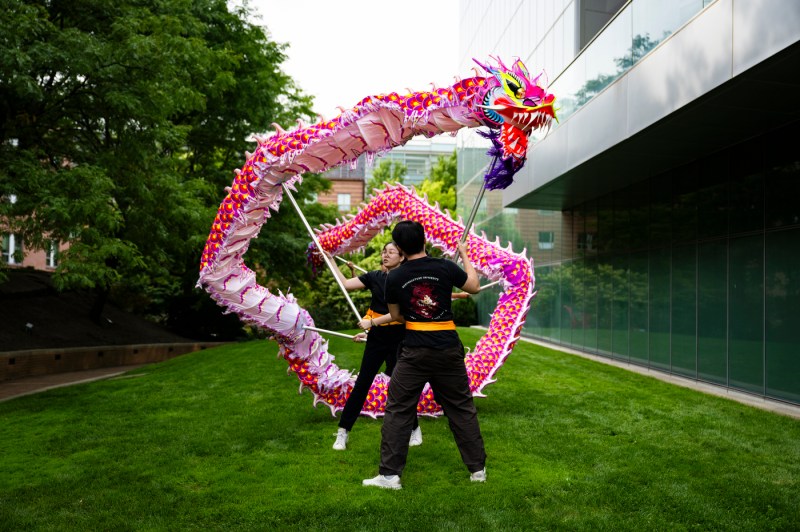
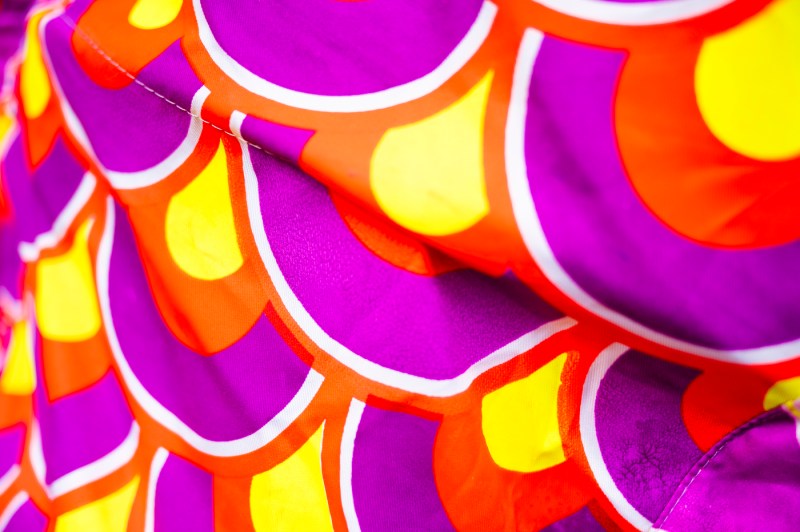
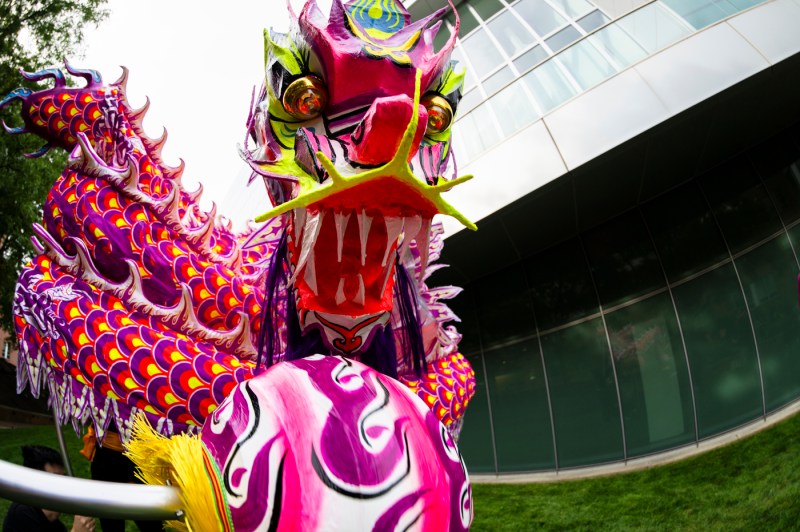
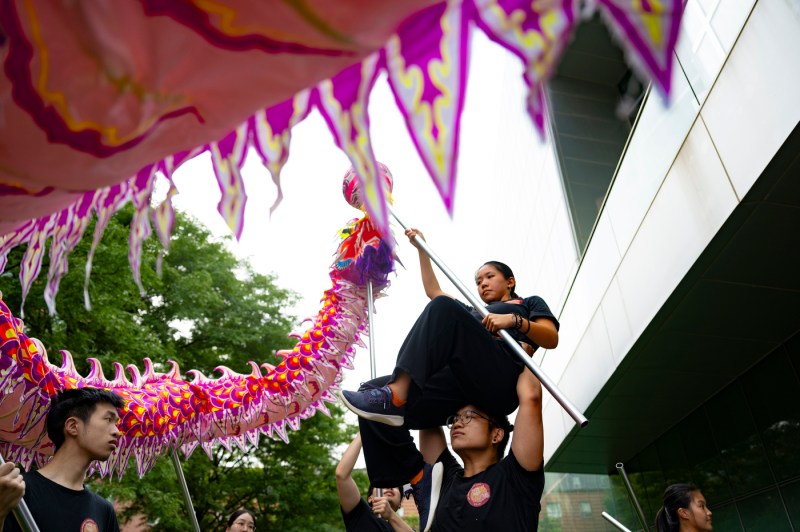
Often, the dragon dance requires seven to nine people underneath the dragon, moving the puppet with aluminum or wooden poles and performing acrobatic tricks.
There’s also often a dancer carrying a pearl on a pole, making in spin with a few flicks of the wrist as Elsie Coleman did when the troupe rehearsed one day in September with their newest dragon, purchased this past spring. Featuring neon pink and purple scales, the cloth creation is over 30 feet long and came from the troupe’s partner team in China. (The team also has a pink lion named “Barbie,” a black lion named “Oppenheimer,” a red lion named “Winnie” and a purple lion named “Eeyore” for when they perform lion dance.)
As the team practices, they move the poles of the dragon to make it wriggle. A dancer at the front controls the head so it thrusts and dives toward the pearl, its jaw flapping in what looks like anticipation. Someone signals to perform a move called “typhoon” and the members swing their poles in front of them in sequence, jumping over the fabric of the puppets as it whirls across the ground.
The work to move the puppet through these routines requires as much physicality as any other form of dance. Troupe members have to hold the heavy poles of the puppet up by running and jumping in coordination with others. The dance routines are often accompanied by several musicians playing the drum, gong and cymbals; the choreography matches the beat of the music.
“It’s more of an endurance type of thing,” says Jonathan Yu, a fourth-year computer science major who is the troupe’s lion dance choreographer. “It’s more of a team sport and a coordination thing and then the physicality comes in. There’s a lot of finesse.”
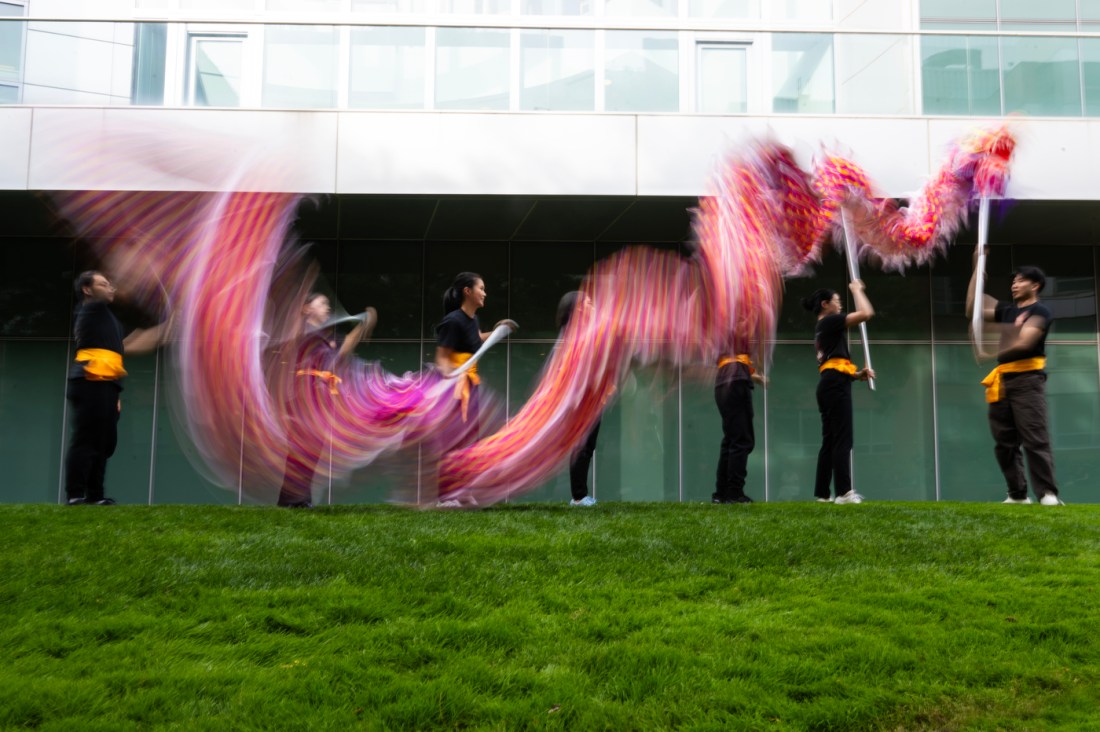
The sheer number of people it takes to control the puppet is what makes dragon dance troupes so hard to come by; Northeastern’s troupe is one of the only dragon dance troupes in the area as a result. The troupe has 17 members who participate in weekly practices and performances.
The lions, on the other hand, require only two people to control: one for the head and one for the body. The pair must move in harmony, doing jumps at the same time to make the creature move in a smooth manner throughout the crowds. Those working the tail of the lion have to perform bent over while keeping their back straight while the head has a knob that they use to make the creature blink and open its mouth.
“At Chinese New Year’s, we’re warding off evil spirits,” Yu says. “Lion dancing was the main way to scare them off.”
Northeastern’s troupe added lion dancers to their repertoire in 2021 when they had a member well-versed in the art form who could teach everyone else this type of dance.
The team is mostly self-taught in these techniques, learning from YouTube videos and, occasionally, each other. Most of the students never performed lion or dragon dance until coming to Northeastern, but past members have come in with some experience that they’ve passed down.
Featured Posts
Because they are the only collegiate dragon dance troupe in the Boston area, Northeastern’s dance group gets many requests for performances. Each year, they suit up in all black ensembles with golden sashes tied on their waists (part of their uniform) and perform at the Chinese New Year parade in Boston’s Chinatown, as well as at collegiate events, restaurant openings and weddings across New England. They’ve also been hired to perform for local Boston corporations, including Dell, Pfizer and MathWorks.
“The Chinatown parade is always the most memorable,” says Vanessa Liang, a fourth-year chemistry and data science major and president of the troupe. “It’s pretty much a full day event … where all the major lion dance teams from the Greater Boston area essentially gather in Chinatown in order to provide good luck to all of these small businesses in the Chinatown area. There’s a lot of firecrackers going off. There are a lot of teams that are performing lion dances and you can see their own individual styles and tricks. It is such a wonderful celebration.”
The weddings are a new addition for the troupe as of this year. The team traveled all the way to Vermont to perform at the wedding of someone connected with the team and is now starting to get inquiries for performances at ceremonies for people who’ve heard about their shows through word of mouth.
“(Vermont) was the longest distance we’ve traveled, ” says Elsie Coleman, a second-year biology major who serves as the media specialist for the troupe. “Weddings especially are really meaningful. It’s a once-in-a-lifetime opportunity and is something they’ll remember for some time. It felt powerful to be a part of that.”
As much as the troupe presents a way for viewers to connect with Chinese culture, it does the same for its members, many of whom say they’ve joined as a way to connect to their Chinese heritage.
“For me personally, being able to engage with the art form is definitely the way that I’ve been able to engage with my culture,” says Liang. “But even beyond dragon or lion dance itself, you’re in a team with other folks that have the same Chinese American identity. Most of the folks in this club have some sort of Chinese heritage, and you’re able to really navigate through college with other folks that have similar experiences. So being able to perform with other people, have those similar experiences has been very wonderful.”











